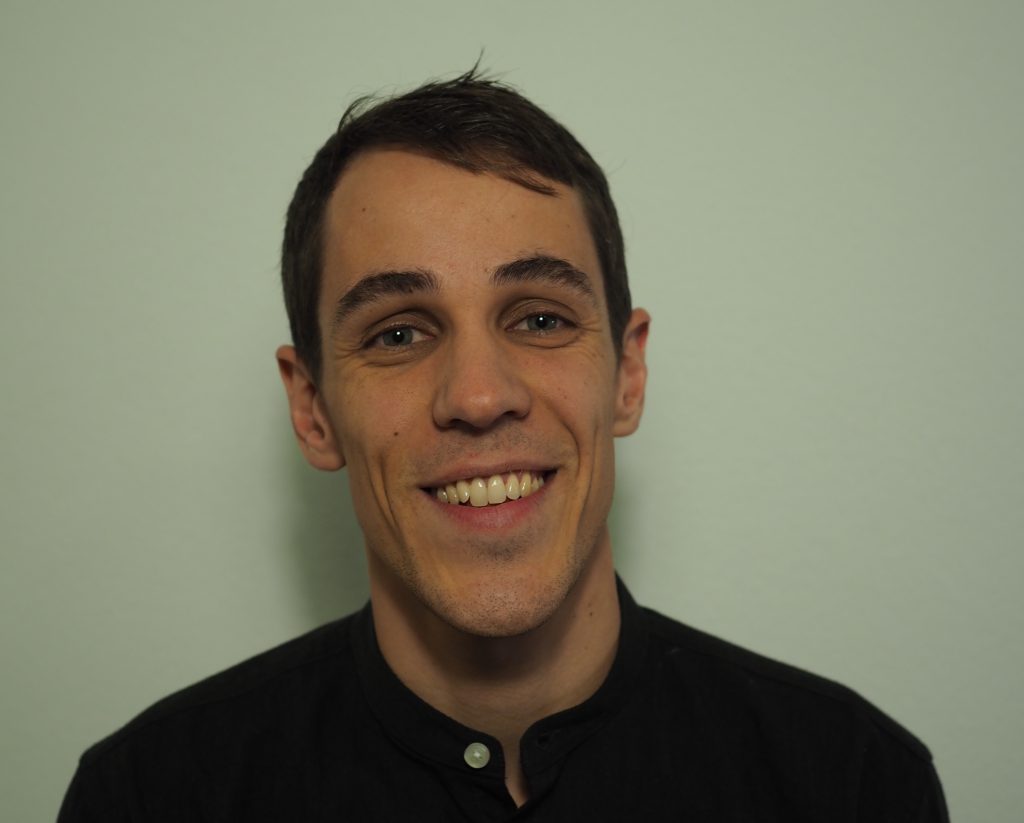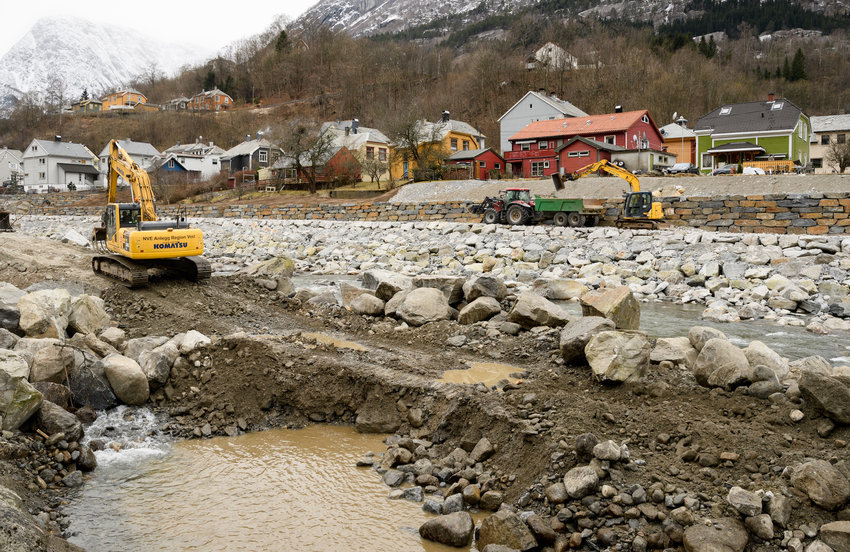“5 questions” is a series that gives you as a reader some insight into the people in and around Climate Futures. In this edition, we are joined by Ole Wulff who recently started as a postdoc.

Could you tell us a bit about your background?
I would broadly describe myself as a climate physicist by training. I did my bachelor’s and master’s studies at Kiel University in Germany in Climate Physics. During the end of my master’s, I focused more on the atmospheric part of the climate system, in particular large-scale atmospheric dynamics and subseasonal-to-seasonal prediction. During my time as a PhD student at ETH Zurich in Switzerland I was concerned with temperature predictions weeks to months ahead (what is often referred to as subseasonal prediction).
How has your transition from Switzerland to Bergen been?
There were some challenges involved in the moving part of it. To keep it short: there are probably better times for moving countries than during a global pandemic. But it worked out eventually! In terms of research activities, the transition was pretty smooth. Even initially working remotely from Germany (where I stayed temporarily after my time in Switzerland) was not a hindrance to getting involved quickly in Climate Futures.
What will be your role and/or your focus area in Climate Futures?
I’m employed 100% as a postdoc in Climate Futures and my focus will be on the topic of subseasonal-to-seasonal prediction. These predictions on time scales from weeks up to months are particularly challenging and a relatively new field of research. People have just recently started to use them operationally. However, accurate forecast information on these time scales can be highly beneficial for decision making and risk management in a lot of sectors from agriculture to energy supply, water management and also emergency preparedness. I’m hoping that together with the partners in Climate Futures we can develop forecast products that are useful and informative, ideally even for stakeholders beyond those involved in Climate Futures.
What do you like best about your job?
I’m generally fascinated by the topic of prediction. Although we often notice most when a forecast fails, it always impresses me that we have the ability to predict so many of the main processes of the climate system with what boils down to just a few equations. What I find particularly exciting about the job in Climate Futures is the chance to collaborate with stakeholders that can use this forecast information to hopefully make more informed decisions. This is a reality check for the science that I and many others have been doing. Because, at the end of the day, this is why we make forecasts.
What do you think about the possibilities that can come out of Climate Futures?
I believe there are great opportunities for innovations from Climate Futures, especially due to the collaborations between companies, public organizations and research groups. I think we will learn in what settings climate information from long-term predictions on different time scales can be useful in the first place and I am convinced, there are many settings where this is the case. Beyond that, and equally importantly, the project offers the opportunity to learn a lot about how to efficiently communicate this climate information. Eventually, I think Climate Futures can contribute to a more successful integration of climate predictions into decision making processes.

